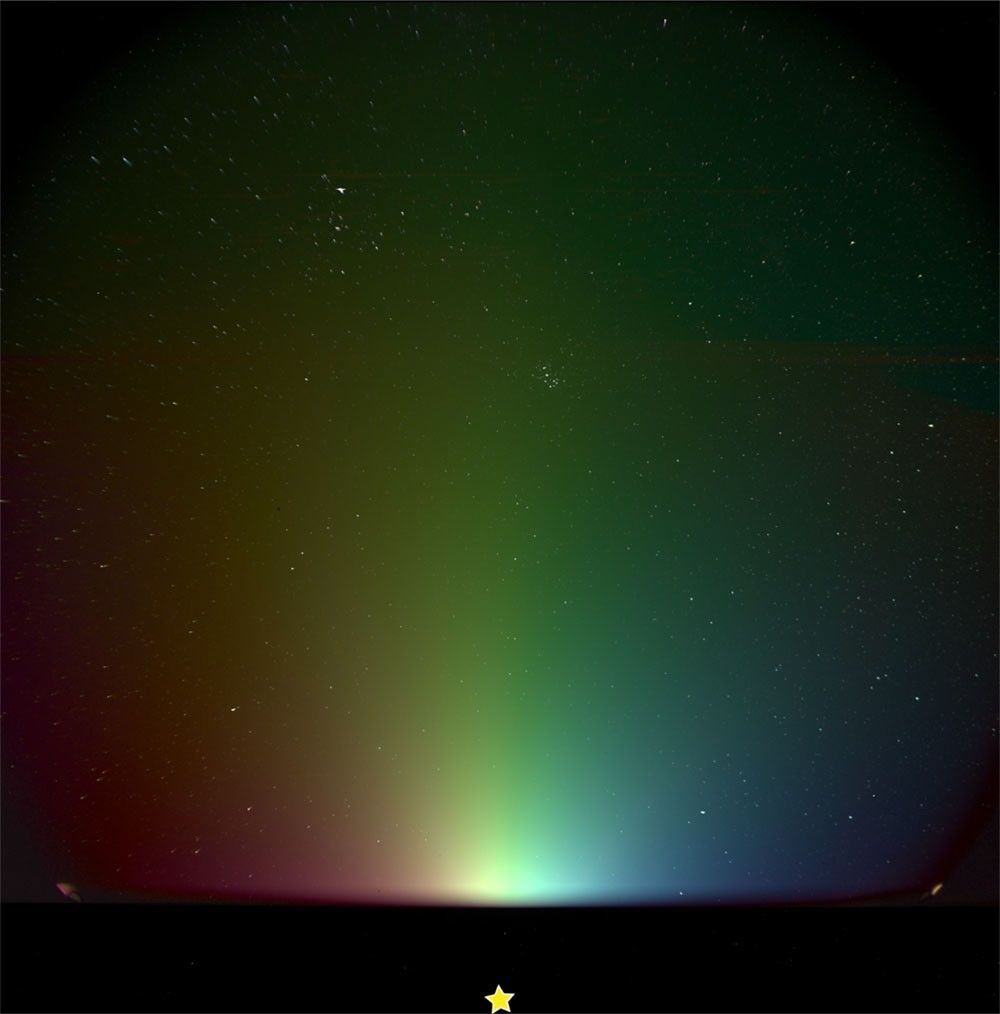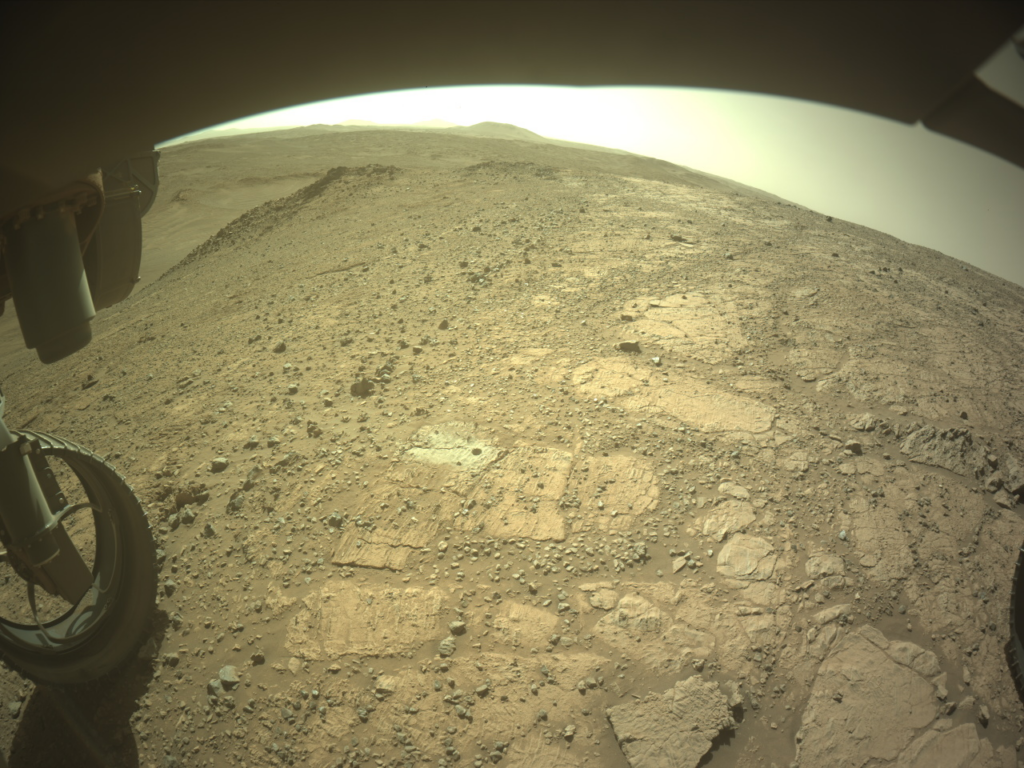On Sept. 10, 2011, NASA’s GRAIL spacecraft launched on a mission to the moon! GRAIL, which stands for Gravity Recovery and Interior Laboratory, was sent to the moon to map its gravitational fields. Scientists could study the moon‘s interior structure by looking at maps of the moon’s gravity.
Holy GRAIL! Photos From NASA’s Moon Gravity Mission
Asteroid impacts from billions of years ago left dense pockets of material under the lunar surface, which can exert extra gravitational pull on spacecraft orbiting the moon. So by measuring that gravitational pull, the GRAIL mission could reveal information about what lies beneath the surface.

The mission actually consisted of two twin spacecraft named Ebb and Flow, which would fly in tandem around the moon to map variations in its gravitation field. Both lifted off on the same Delta 2 rocket from Cape Canaveral, Florida and arrived in lunar orbit almost four months later.
Photos: NASA Launches Twin Grail Gravity Probes to the Moon
They mapped the moon for about nine months before NASA decided it was finished with the mission, and the two orbiters crashed into the moon.
On This Day in Space Archive!
[embedded content]
Still not enough space? Don’t forget to check out our Space Image of the Day, and on the weekends our Best Space Photos and Top Space News Stories of the week.
Follow us @Spacedotcom and on Facebook.


